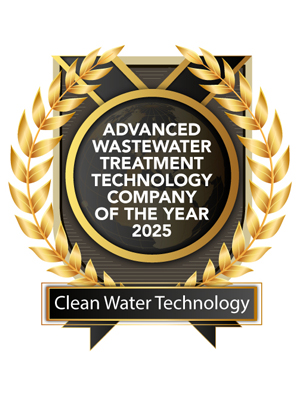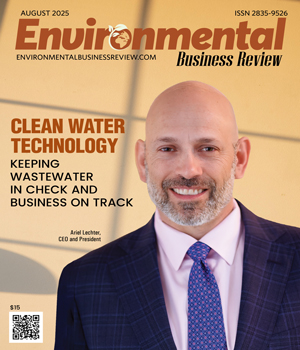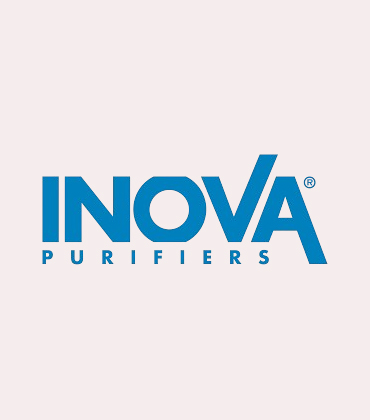Thank you for Subscribing to Environmental Business Review Weekly Brief
Environmental Business Review: Specials Magazine
That’s where Clean Water Technology, Inc. (CWT) stands apart. As a global leader in engineering and manufacturing for wastewater treatment, the company builds solutions flexible enough to integrate into any treatment plan, regardless of complexity or changing conditions. Its systems are not confined to a single mode of operation—flexibility is built into their foundation, allowing them to evolve with shifting processes, regulatory requirements, and business needs. Whether adapting to new load profiles, scaling production, or meeting tighter discharge limits, CWT solutions adjust without the need for costly retrofits or operational compromises. Instead of working against change, the technology works with it—keeping productivity high, compliance straightforward, and operations focused on what matters most. “We’re not here to sell you a new pump. We’re here to make your plant work better—with smarter processes, better integration, and modern tech that transforms what you already have into something far more efficient,” says Ariel Lechter, CEO and president. Patented Technology That Raises the Bar The company has transformed the wastewater industry with its patented technologies. Backed by significant investment in research and development, these solutions are engineered to meet the demands of any wastewater application—from primary systems and advanced anaerobic systems to complete, end-to-end treatment solutions. The flagship innovation—the Gas Energy Mixing (GEM) System—is a proprietary solution that provides a distinct edge over conventional methods. Before the GEM System, wastewater treatment relied on Dissolved Air Flotation (DAF), which uses a large tank and a bed of bubbles and chemical additives to float lowdensity particles. The GEM System takes a completely different approach, using hydrocyclone technology instead of conventional flotation. In a large tank, a DAF adds air at the very end of the process to float particles that are attached only by the collision method. In the GEM System, air is dissolved into 100 percent of the waste stream, generating true nanobubbles that attach to the floc. All separation occurs inside the vortex motion in the hydrocyclone. By the time the water leaves the hydrocyclone and enters the tank, the solids and liquids are separated. In a much smaller tank the floc is then skimmed from the surface, delivering superior results The GEM System allows for higher efficiency in chemical use, has a smaller footprint, and produces drier sludge. Though the system has been on the market for over 20 years, it has been continuously improved and remains best in class. The product excels in primary treatment, offering scalability for flow and loading—key factors in wastewater management. Its adaptability makes it ideal for modern factories that need systems to grow with them, while also reducing chemical consumption and operational costs. In secondary wastewater treatment, CWT stands out as one of the few companies to develop an Expanded Granular Sludge Bed (EGSB) system tailored for smaller-scale use. While most major engineering firms only deploy EGSBs for large projects, CWT’s EGSB can handle lower flows at costs that are within the budgets of small companies—making the technology accessible to a broader range of facilities. CWT was also the first to bring the “Swingmill” to market—a dual screw press that dewaters sludge and is self-cleaning. This dual benefit reduces the amount of sludge while reducing downtime and maintenance. These innovations highlight how CWT stays ahead of the curve and continues to push the industry forward.
Top Carbon Credit Project Development Service 2025
Abandoned oil and gas wells may seem like relics of the past, but they’re quietly leaking one of the most potent greenhouse gases into our atmosphere. Over 80 times more powerful than carbon dioxide in trapping heat, methane, the primary component of natural gas, makes these wells a critical focus in the fight against climate change and a major factor in the carbon credit economy. Guardian Plug & Abandonment is advancing this effort by permanently plugging high-risk wells, quantifying avoided emissions and developing carbon credit projects by documenting and validating these reductions. Numerous gas-leaking wells remain unplugged across the U.S. due to limited enforcement and financial bonding requirements. In many cases, operators abandon their liabilities, leaving the burden of clean-up to local agencies with limited funding and resources to get wells plugged and sites cleaned up. For this reason, there are hundreds of thousands of unplugged and idle wells across the nation. Guardian Plug & Abandonment primarily works with two recognized registries—CarbonPath and BCarbon. Its methodologies quantify emissions reductions from voluntarily plugging wells. The volume of gas that would otherwise escape is converted to carbon-dioxide-equivalent (CO2e) emissions reductions after the wells are plugged with multiple cement and mechanical plugs within the wellbore. “We’re able to get these wells plugged decades ahead of schedule and stop emissions early, leading to positive climate action,” says Michael Goodman, General Manager. Each initiative starts with close coordination that involves small operators seeking to plug aging liabilities and landowners reclaiming unproductive land. Surface infrastructure is also cleared, and the land is graded to the landowner’s specifications, leaving the land available for future use. Once the well is sealed and the impact of the emissions is verified, the company sells the resulting carbon credits, offering buyers a transparent and measurable way to support methane reduction. To date, the company has plugged nine wells and generated hundreds of thousands of CO2e credits. For clients with active wells, the CarbonPath methodology is utilized, which calculates emissions that would have occurred if the remaining hydrocarbons in the wellbore were extracted and combusted. Guardian Plug & Abandonment works with operators to assess reserves, quantify offsets, plug wells and restore the land. Guardian Plug & Abandonment’s first project with CarbonPath generated several thousand credits after working with a small oil and gas operator to halt production early.
Top Air Purifier Manufacturer 2025
As sustainability becomes a global priority, the need for clean, healthy air is driving demand across industries and homes. INOVA Air Purifiers sits at the forefront as a leader in air purifier manufacturing. Renowned for cutting-edge air purification, the company consistently upholds high standards of quality, sustainability, and reliability. INOVA makes air purifiers for industry and household consumers, helping them overcome air quality issues, from hospitals and mining sites to everyday householders concerned about pollution, wildfires, or viruses. For over two decades, INOVA has played a vital role in maintaining healthier indoor environments across the globe. By employing an innovative approach to design and sustainable manufacturing, INOVA has developed a high-quality product that is built to last while also meeting the ever-increasing consumer demand for sustainable products. Its approach ensures that every purifier is handcrafted from durable materials and supported by a manufacturing model that benefits the planet and the communities it serves. “Every unit we make is a promise to our planet and customers that clean air and sustainability can go hand in hand,” says Nicholas Kraus, owner and CEO of INOVA. Clean Air Starts at the Source INOVA operates from two purpose-built facilities, one in Denton, Texas, and the other in New South Wales, Australia. These sites serve as manufacturing and distribution hubs, designed to meet the highest quality standards while minimizing environmental impact. Each air purifier is hand-assembled by skilled technicians, ensuring attention to detail and consistent quality. Instead of using plastic casings, INOVA constructs its systems from robust aluminum and steel—materials that are recyclable and built to last. Sustainability is embedded in INOVA’s manufacturing process, starting with the use of locally sourced materials whenever possible. Its U.S. and Australian teams work closely with regional suppliers and manage in-house fabrication, supporting local economies and ensuring strict quality control throughout the process. INOVA purifiers are engineered for performance and efficiency, featuring the largest filters on the market, which means fewer replacements, lower operational costs, and significantly less waste. The company also leads the industry in energy-efficient operation, delivering high-level filtration with minimal power consumption, and integrates renewable energy into its manufacturing wherever possible. At its Australian factory, solar panels power daily operations and regularly generate a surplus, sending up to 30,000 kilowatts back to the grid each summer.
CXO INSIGHTS
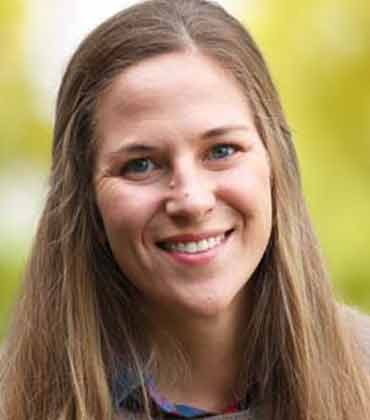
Shining Light On Environmental Due Diligence: Key Considerations For Solar Development
Katie L. Morgan, PWS, EP, Director of Natural and Cultural Resources, Partner Engineering & Science, Inc
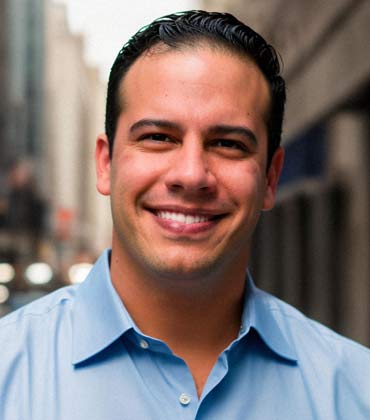
Leveraging Waste Data to Drive Sustainability in Your Operation
Ian Renteria, Global Environmental, Health and Safety Director, Pregis
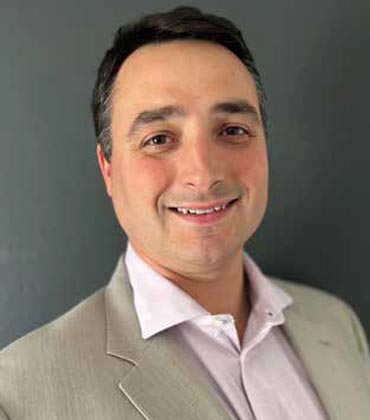
Real Estates Role in Decarbonization: A System Approach
Peter Killeen, Energy & Sustainability Manager, JLL

Championing Strategic Leadership in Water and Forest Sustainability
Elvy Barton, Water and Forest Sustainability Senior Manager, Salt River Project
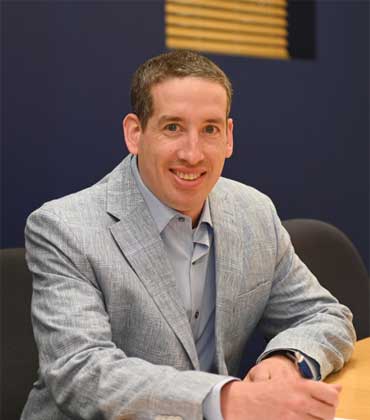
Commissioning for an HVAC Mechanical Project Ensuring Optimal Performance and Efficiency
Justin Furey, Project Manager, icon Mechanical
IN FOCUS
Harnessing Carbon Credits: Towards a Sustainable and Equitable Future
Carbon credit projects are vital for reducing emissions and fostering sustainable development, providing measurable impacts through innovative approaches, while ensuring integrity, stakeholder engagement, and environmental co-benefits in the fight against climate change.
EDITORIAL
Clean Technologies Powering the Future of Environmental Innovation
Clean technologies have stepped out of the shadows of niche innovation to become foundational pillars of modern progress. They are redefining what it means to build sustainable infrastructure, protect public health, and drive industrial decarbonization. Across the United States, a new wave of environmental solution providers is taking center stage, pushing advancements on three critical fronts: carbon credit project development, next-generation wastewater treatment, and high-efficiency air purification. Carbon credit project developers are playing an essential role in helping organizations quantify emissions, implement verified mitigation strategies, and access carbon markets. They facilitate initiatives spanning reforestation, terrestrial carbon sequestration, methane abatement in industrial settings, and the integration of renewable energy sources. As regulatory and voluntary carbon markets expand, these projects are reshaping how sustainability is measured, reported, and valued in corporate and public decision-making. Meanwhile, innovation in wastewater treatment is transforming how cities and industries manage water. Next-generation systems now leverage membrane bioreactors, anaerobic digestion, and electrochemical oxidation to treat complex waste streams more effectively. These technologies reduce operational costs, recover valuable resources, and enable facilities to meet increasingly stringent discharge standards. For regions facing drought or contamination risks, advanced treatment is no longer optional, it is essential to long-term water security. At the same time, demand is surging for air purification technologies designed to handle urban pollution, wildfire smoke, and airborne pathogens. American air purifier manufacturers are developing compact, energy-efficient systems equipped with multi-stage filtration, real-time monitoring, and even AI-based optimization. Whether deployed in homes, hospitals, classrooms, or transit hubs, these technologies are delivering cleaner air where it matters most, supporting both community health and equitable access. In this edition, we feature insights from Justin Furey, Project Manager at icon Mechanical, and Elvy Barton, Water and Forest Sustainability Senior Manager at Salt River Project, for their perspectives on how integrated clean technologies are transforming America’s environmental infrastructure.

